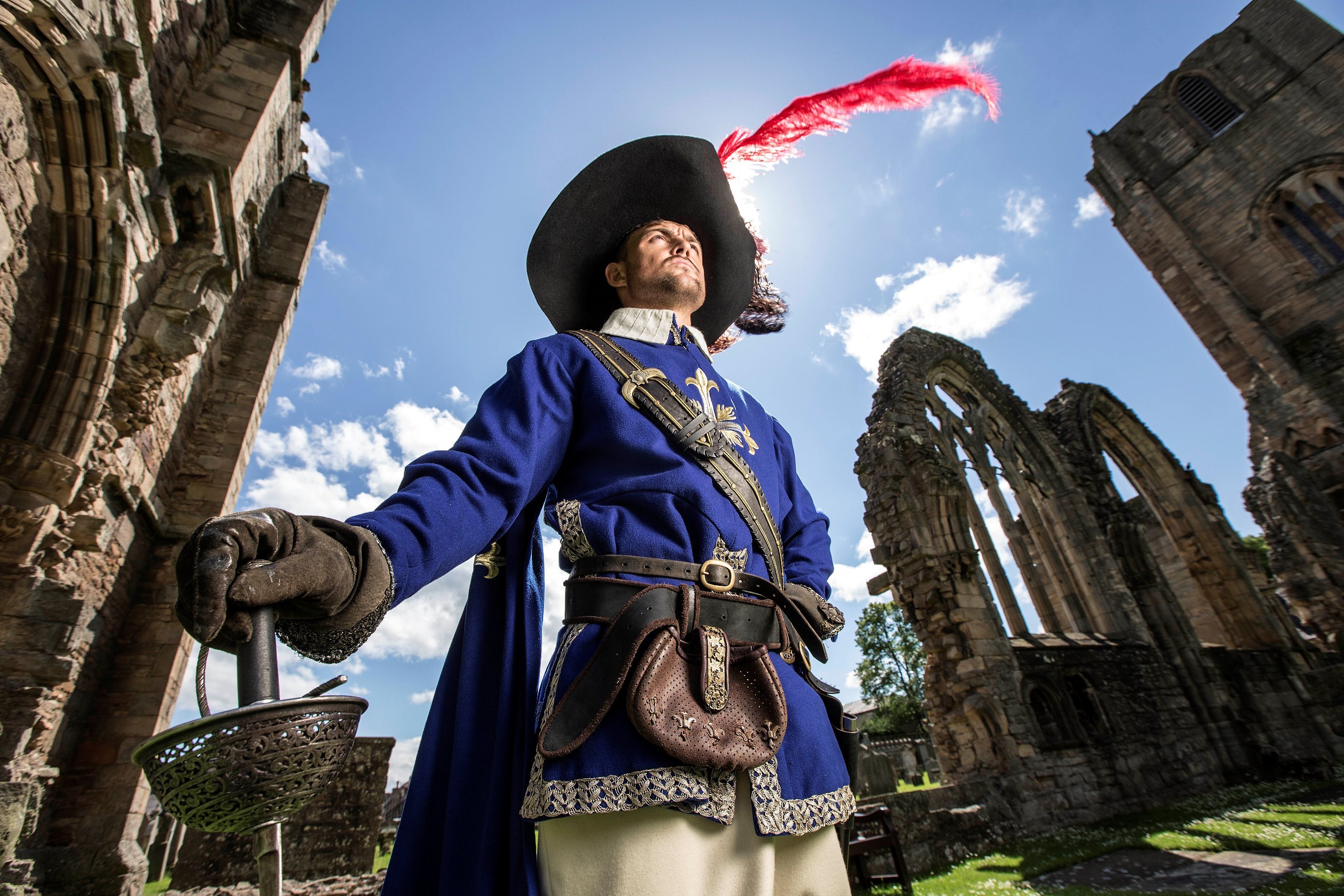The ruins of Elgin Cathedral will come alive this week when the ancient landmark provides the backdrop for a dramatic tale of historic derring do.
On Friday evening, an outdoor theatre production company will stage a production of Alexander Dumas’s classic novel The Three Musketeers in the 13th century setting.
Historic Scotland’s head of visitor experience, content and learning, Lora Ewan, said: “Elgin Cathedral will provide the perfect stage for the re-telling of this adventure classic.
“The outdoor performance will form a unique depiction of a children’s favourite.”
The Three Musketeers was first published in 1844, and since then the swashbuckling adventure has been adapted for the stage and screen on numerous occasions.
Musketeers Athos, Porthos and Aramis have become literary legends, famed for their “one for all, and all for one” motto.
The story follows the young d’Artagnan as he endeavours to prove his worth by helping the celebrated trio battle the evil Cardinal Richelieu.
Elgin Cathedral was established in 1224, and has played host to more than its share of real-life drama since then.
The structure suffered severe fire damage in 1390 following an attack by Robert III’s brother Alexander Stewart, Earl of Buchan, who was also known as the Wolf of Badenoch.
And in 1402 the cathedral was fire-bombed by followers of Alexander, the Lord of the Isles.
The venue fell into decay following the Reformation in 1560, and the central tower collapsed in 1711.
The deterioration of the cathedral was halted in the 19th century when it was transformed into a visitor attraction.
The play is being performed by the Cornwall-based Illyria Theatre Company.
The cathedral will open to the public at 6.45pm on Friday, and the show will begin at 7.30pm.
The production is suitable for ages eight and above and will run for almost three hours, including a 30-minute interval.
Tickets can be purchased at the cathedral or online.
